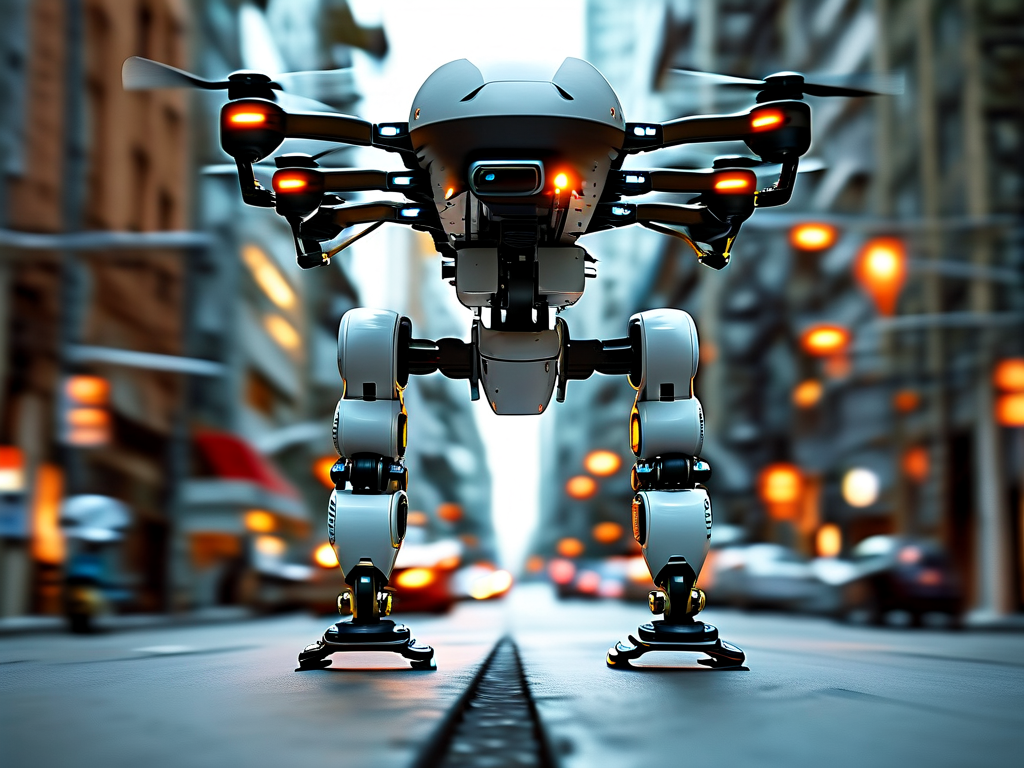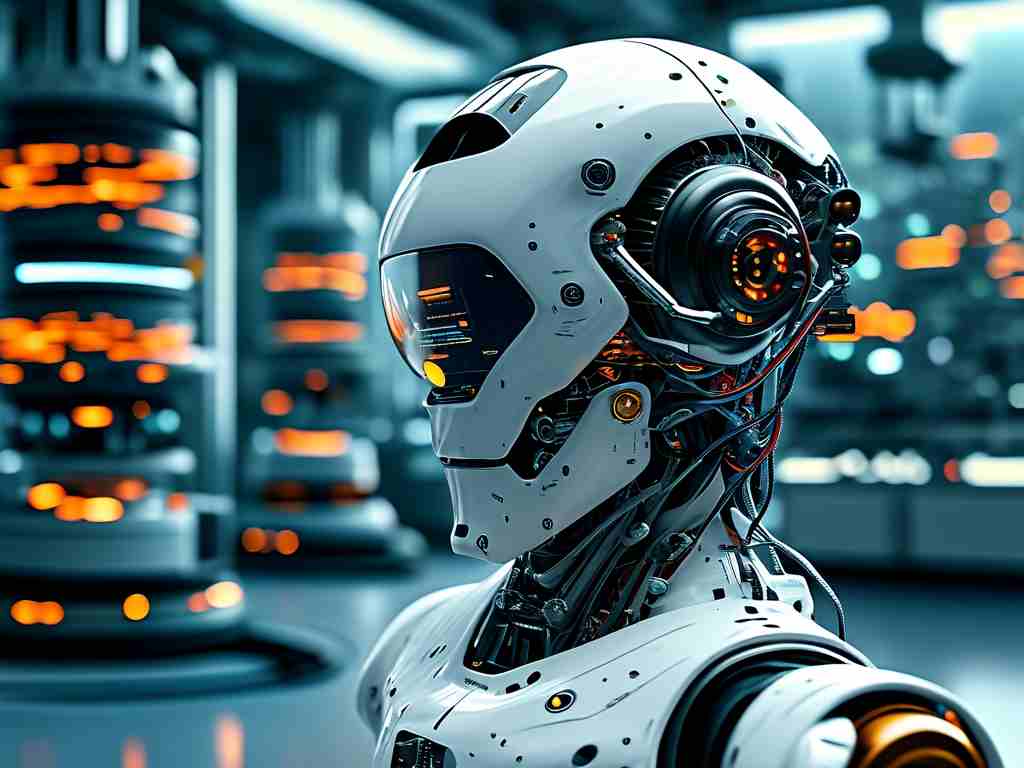The evolution of robot navigation technologies has transformed industries by enabling machines to operate autonomously in complex environments. From warehouses to extraterrestrial terrains, these systems combine sensors, algorithms, and real-time data processing to achieve precision. Below, we explore three landmark cases that highlight the ingenuity behind robotic navigation.

1. Amazon’s Kiva Robots: Redefining Warehouse Logistics
In 2012, Amazon acquired Kiva Systems, deploying autonomous mobile robots (AMRs) in its fulfillment centers. These orange robots navigate dynamically using a grid-based system, QR codes, and LiDAR sensors. Unlike traditional AGVs (Automated Guided Vehicles), Kiva robots adapt to real-time obstacles, optimizing paths to retrieve shelves and deliver them to human workers. This hybrid approach reduced operational costs by 20% and accelerated order processing by 50%, setting a benchmark for warehouse automation.
The secret lies in their decentralized control architecture. Each robot calculates routes independently while coordinating with a central system to avoid collisions. This balance of autonomy and collaboration ensures scalability—Amazon now employs over 500,000 Kiva robots globally.
2. ROS-Powered Hospital Delivery Robots: Navigating Unpredictable Spaces
Hospitals like Singapore’s Changi General Hospital use robots equipped with the Robot Operating System (ROS) for medication delivery. These units rely on simultaneous localization and mapping (SLAM) algorithms to traverse crowded corridors. Using 3D cameras and ultrasonic sensors, they detect moving obstacles—such as patients or staff—and adjust paths instantaneously.
One standout feature is their “social navigation” capability. By analyzing human movement patterns, these robots mimic courteous behaviors, like yielding or slowing down near doorways. This human-aware navigation minimizes disruptions in high-stakes environments. Since deployment, hospital staff have reported a 30% reduction in time spent on routine deliveries, allowing them to focus on critical tasks.
3. NASA’s Perseverance Rover: Autonomous Exploration on Mars
Operating 225 million kilometers from Earth, NASA’s Perseverance rover exemplifies off-world navigation challenges. Unlike Earth-bound robots, it cannot rely on GPS or real-time human input due to communication delays. Instead, it uses Visual Odometry (VO) and terrain-relative navigation (TRN). Cameras capture stereo images to create 3D maps, while onboard algorithms identify safe paths through rocky Martian landscapes.
During its Jezero Crater mission, Perseverance autonomously avoided hazardous slopes and boulders, traveling over 15 kilometers without human intervention. This technology paves the way for future missions, including sample return initiatives and crewed explorations.
Under the Hood: Key Technologies Driving Success
While these cases vary in application, they share core technical principles:
- LiDAR and SLAM: For real-time environment mapping.
- Machine Learning: To predict and adapt to dynamic obstacles.
- Edge Computing: Enabling onboard data processing for low-latency decisions.
For instance, Kiva robots use lightweight SLAM to update maps hourly, while Perseverance’s AI-driven TRN prioritizes energy efficiency—a critical factor in space missions.
Ethical and Technical Challenges Ahead
Despite advancements, robot navigation faces hurdles. In public spaces, ensuring privacy while using cameras remains contentious. Meanwhile, edge cases—like navigating during sensor failures—require fail-safe mechanisms. Researchers are exploring multimodal sensor fusion (combining LiDAR, radar, and thermal imaging) to enhance reliability.
From e-commerce to interplanetary exploration, robot navigation technologies continue to break barriers. By studying these iconic cases, engineers gain insights into balancing autonomy, efficiency, and safety—a trifecta that will define the next generation of intelligent machines.









